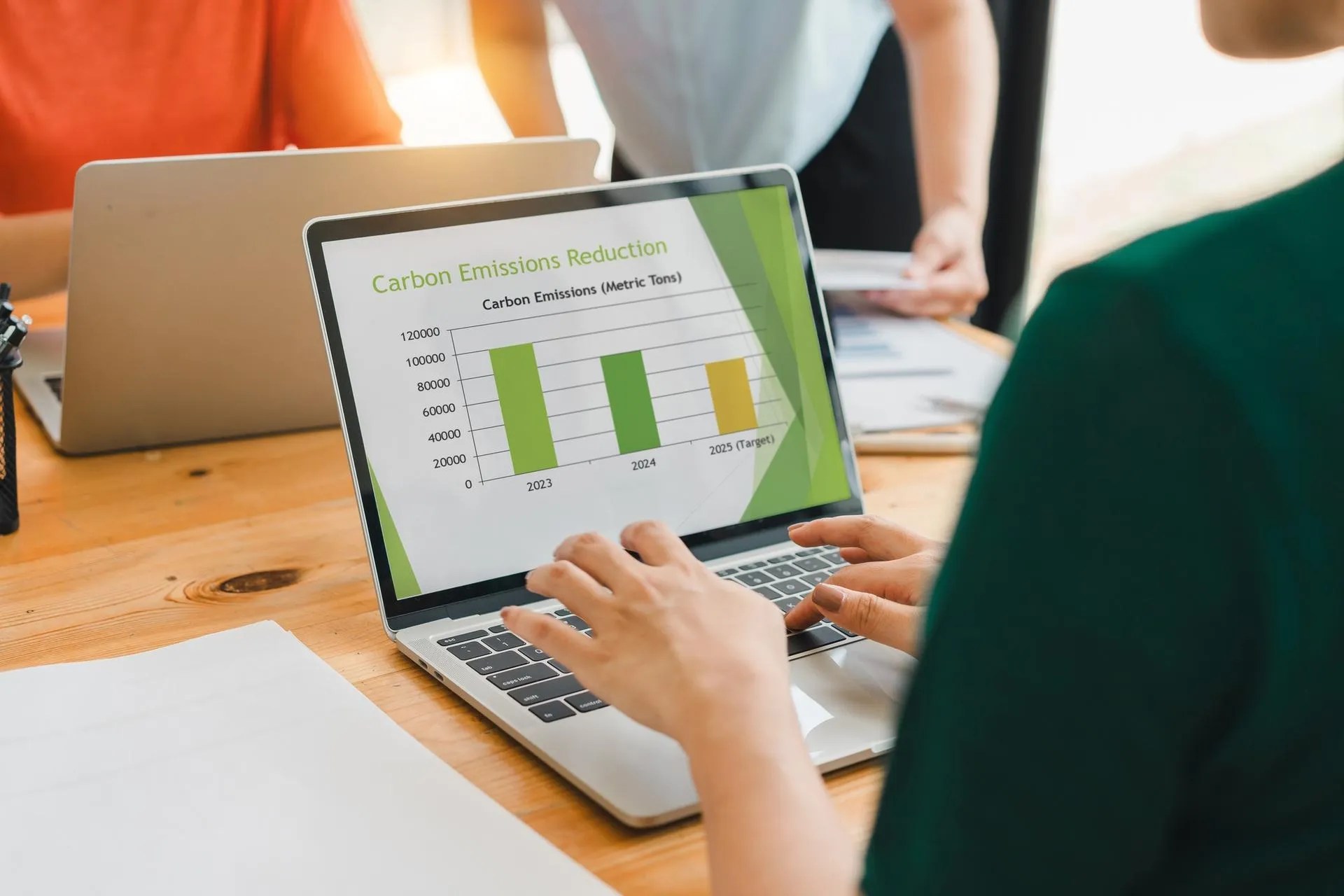ISO 14064-5—Verification/Validation GHG Statements

The ISO 14064 Series
The ISO 14064 series is a set of international standards that provides a framework for quantifying, reporting, and verifying greenhouse gas (GHG) emissions and removals. It is a globally recognized standard used by organizations to improve their understanding and management of GHG emissions. Simply put, ISO 14064 GHG validation and verification helps organizations highlight their climate change and sustainability credentials. You can learn more about the ISO 14064 Series in our blog post: “What Is ISO 14964.”
ISO 14064-5 will be part of the broader ISO 14064 series, and giving guidance on conducting verification and validation of GHG statements (claims) using of remote methods.
What Is ISO 14064-5?
As we get closer to achieving net-zero emissions by 2050 globally, more and more companies and organizations are taking the necessary steps to address their own greenhouse gas (GHG) emissions. On such step includes reporting accurate and verifiable GHG emissions. Accurate data is essential for helping organizations understand the true progress being made toward sustainability goals, enabling them to evaluate their efforts and adjust targets accordingly. A new international standard, ISO 14064-5—Greenhouse gases – Part 5: Guidance on activities and techniques used remotely in conducting verification and validation of greenhouse gas statements, is under development. This standard, which is currently in the Draft International Standard (DIS) stage, provides guidance on the activities and techniques used in remote verification and validation.
ISO 14064-5 is standard under development from the International Organization for Standardization (ISO) that provides guidance on using remote methods for the verification and validation of greenhouse gas statements. This Draft International Standard, now in the enquiry phase with ISO members, applies whether a verification or validation process uses remote methods only or a combination of remote and onsite methods.
Activities and techniques applied remotely can be used by a verifier for activities, such as inquiry of persons and documents, analytical testing, recalculation, estimate testing, cross-checking, and reconciliation as long as a verifier’s risk assessment does not require the use of on-site activities and technique.
The document provides guidance for conducting verification and validation of greenhouse gas statements (claims) using of remote methods. ISO 14064-5 is applicable to all organizations and products that need to plan and conduct internal or external verification/validation (i.e., 1st, 2nd, 3rd party) of greenhouse gas statements.

What Is the Purpose of Verifying and Validating GHG Statements?
Verifying and validating Greenhouse Gas (GHG) statements is used to assure the accuracy, reliability, and transparency of an organization’s GHG emissions data and reporting, ultimately enhancing stakeholder confidence.
Verification, often conducted on historical or past data, confirms the material accuracy of reported GHG emissions and their compliance with established standards. Verified data that the emissions reporting down the line are built on accurate data, which is essential to maintaining certainty that targets are on track and aligned with overall goals. Validation, on the other hand, evaluates the reasonableness of assumptions and methods used to project future GHG performance.
Essentially, verified and validated GHG reporting signals a strong commitment to sustainability and environmental responsibility, enhancing brand reputation, credibility, and competitiveness. It also helps meet regulatory requirements and demonstrates commitment to sustainability, enhancing stakeholder confidence.
ISO/DIS 14064-5:2025—Greenhouse gases – Part 5: Guidance on activities and techniques used remotely in conducting verification and validation of greenhouse gas statements is available on the ANSI Webstore and in this Standards Package: ISO 14064 – Greenhouse Gases Package.






